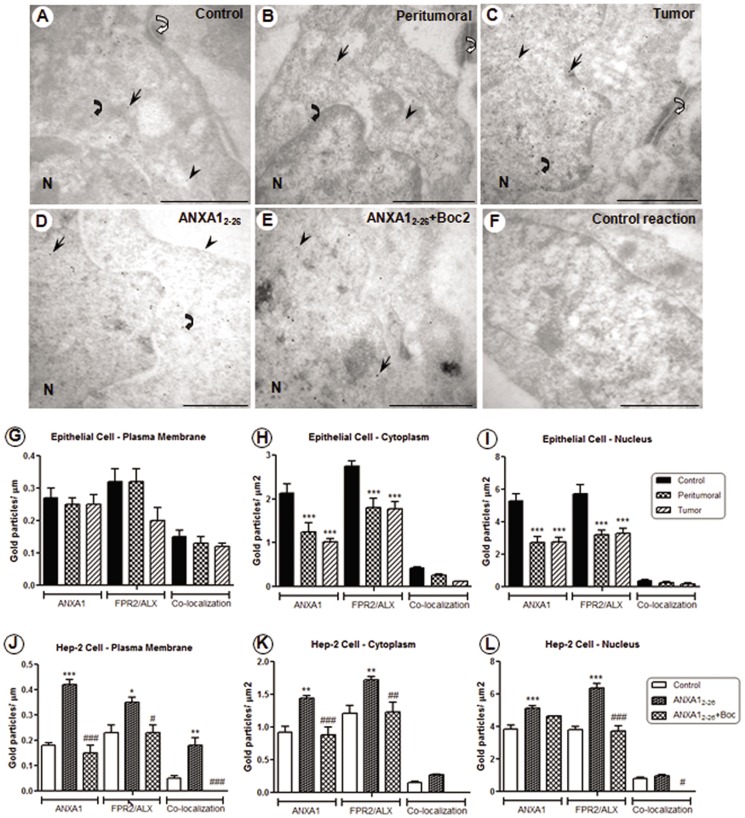Figure 4. Ultrastructural immunocytochemistry detection of ANXA1 and FPR2/ALX co-localization in laryngeal cells by electron microscopy.
Immunolabeling with 10-nm (FPR2/ALX) and 15-nm (ANXA1) colloidal gold particles. (A–C) Epithelial control, peritumoral and tumor cells from laryngeal tissues. (D–E) Hep-2 cells showing immunoreactivity to ANXA1 (arrows), FPR2 (arrowheads), and co-localizations (curve arrows) in the plasma membrane, cytoplasm and nucleus (N). Desmosomes (open curve arrows) are detected between these cells. (F) The absence of immunoreactivity to ANXA1 and FPR2/ALX in cells incubated with nonimmune serum. Density of gold particles conjugated with ANXA1 and FPR2/ALX in epithelial cells (G–I) and Hep-2 cells (J–L). Hep-2 cells were seeded in MEM-Earle medium at a density of 2×106 cells in 75-cm2 culture flasks, and then were incubated with serum-free medium 24 hours prior to the addition of ANXA12–26 (1 µM) and ANXA12–26 (1 µM)+Boc2 (10 µM). Data are expressed as the mean ± SEM of colloidal gold particles per µm in the plasma membrane and per µm2 in the cytoplasm and nucleus of cells (n = 10 cells per group). One-way ANOVA followed by Bonferroni's test revealed a significant difference among the groups. * P<0.05, ** P<0.01, *** P<0.001 vs. control, # P<0.05, ## P<0.01, ### P<0.001 vs. ANXA12–26. Stained with uranyl acetate and lead citrate. Scale bars: 1 µm.

